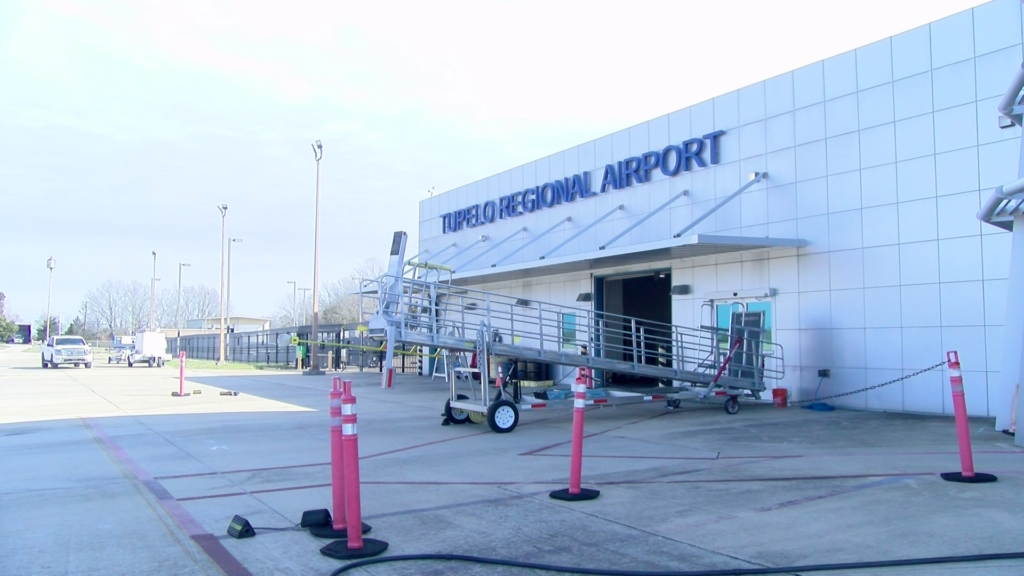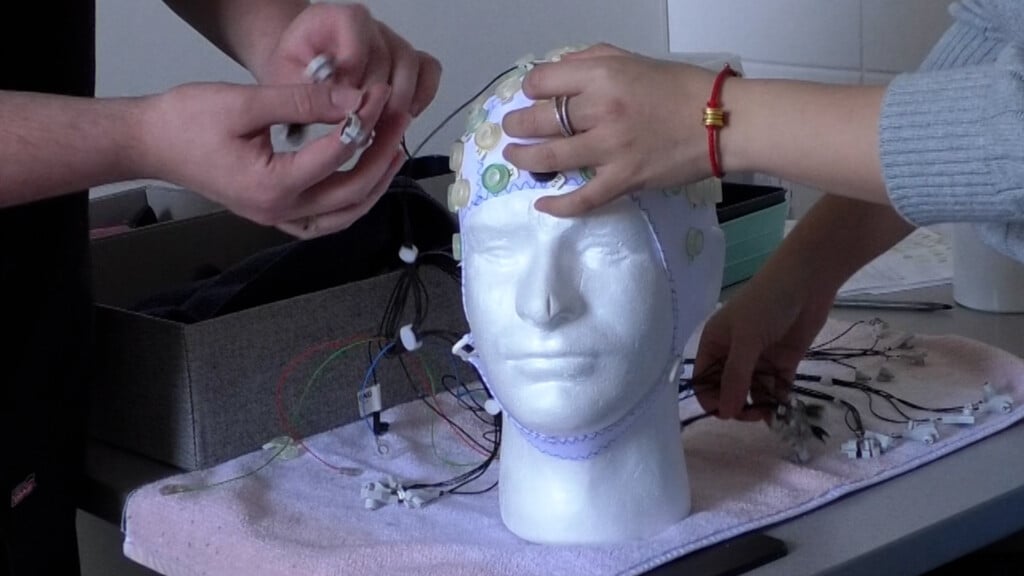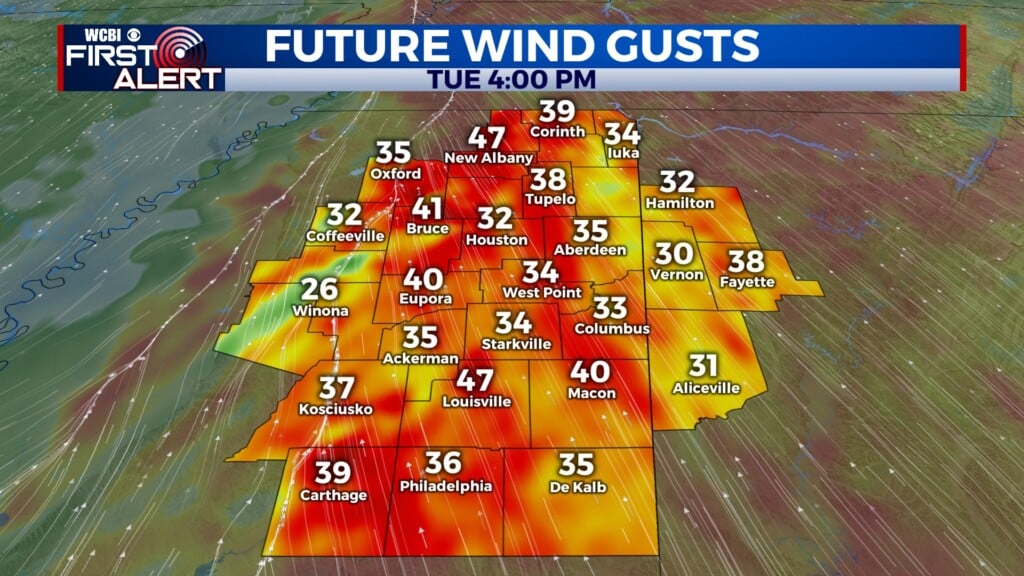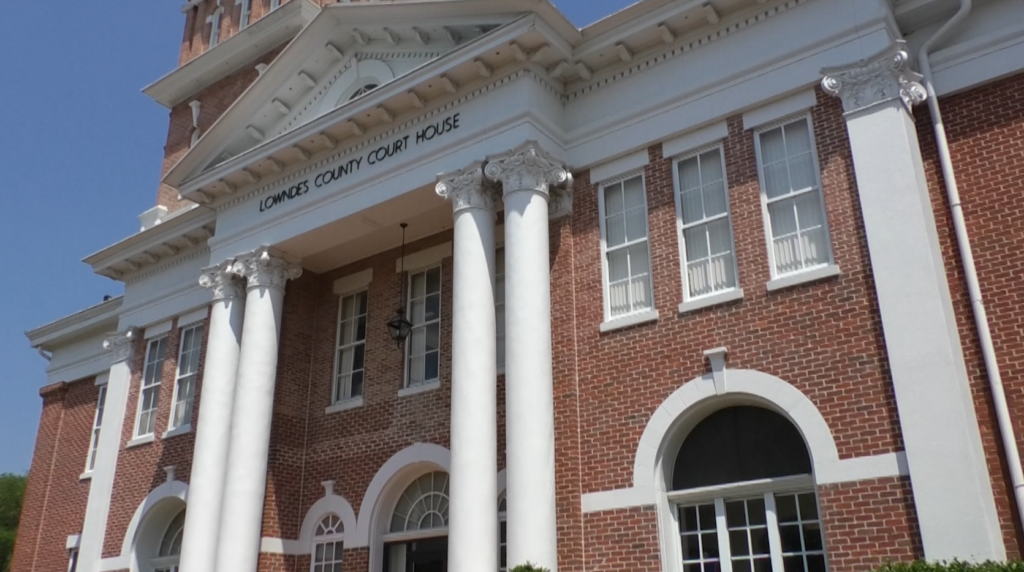Fed chief: Q2 will be “worse than anything we've ever seen”
The Federal Reserve is holding its benchmark short-term interest rate near zero in an effort to offset the crushing economic impact of the coronavirus. The U.S. central bank said Wednesday it would keep rates low until there are “signs the economy has recovered from coronavirus and shutdown.”
In a press conference following the policy decision, Fed Chairman Jay Powell said he expects an “unprecedented” drop in economic activity over the next few months. He also hinted at the need for more government stimulus.
“The second quarter’s economic data will be worse than anything we have ever seen,” Powell said. “I would say that it may well be the case that the economy will need further support from all of us if the recovery is to be a strong one.”
Powell said that, with as many as 30 million workers having lost their jobs in the past six weeks, it “probably will take some time for us to get back to a more normal level of employment, and ultimately maximum employment.”
Despite that sobering assessment, policy makers sought to provide reassurance that their aggressive intervention could help mitigate the enormous damage to the economy. In its statement, the Fed said it is “committed to using its full range of tools to support the U.S. economy in this challenging time.”
The decision to keep borrowing costs low follows two emergency cuts last month that lowered interest rates to near zero. It was the first time that interest rates had fallen that low since 2008, when the Fed was seeking to revive the economy amid the financial crisis.
The Fed is trying to loosen up credit and stimulate borrowing to counter the coronavirus’ devastating impact on the economy and global financial markets. In addition to keeping interest rates near zero, the central bank also is buying Treasury and mortgage bonds in order to further drive down borrowing rates.
“The Federal Reserve has shown it will do what is necessary to stem the economic fallout of coronavirus,” said Danielle DiMartino Booth, CEO and chief strategist of Quill Intelligence and a former Federal Reserve adviser. “Their interventions are now so numerous, a spreadsheet is required to keep track of all the actions the Fed has undertaken or committed to.”
On Wednesday, the Fed said it would continue bond purchases “in the amounts needed to support smooth market functioning.” Policy makers didn’t specify when, or under what conditions, those bond purchases would end.
The Fed has also announced that it will start lending $500 billion directly to large business with high credit ratings. It is also supporting bank efforts to lend to small businesses through the Paycheck Protection Program.
In part, the moves appear to be working in propping up financial markets. The S&P 500 stock index has risen nearly 13% in the past month. The average rate on a 30-year fixed mortgage has fallen to 3.6%, from 3.9%, at the beginning of the year.
But the broader economy remains weak, with the Commerce Department reporting on Wednesday the GDP shrank nearly 5% in the first quarter.
Under Powell, the Fed faces a perilous moment for an economy that had looked robust just a few months ago. Since the virus struck with full force last month, widespread business shutdowns have led to mass layoffs, plunging consumer spending and sharp downturns in manufacturing, construction and other key sectors.
At his news conference, the chairman noted that layoffs are particularly affecting low-income workers, many of whom had begun to make progress as the now defunct economic expansion entered its 11th year.
“It is heartbreaking to see that is threatened now,” Powell said.
The Associated Press contributed to this report.





Leave a Reply